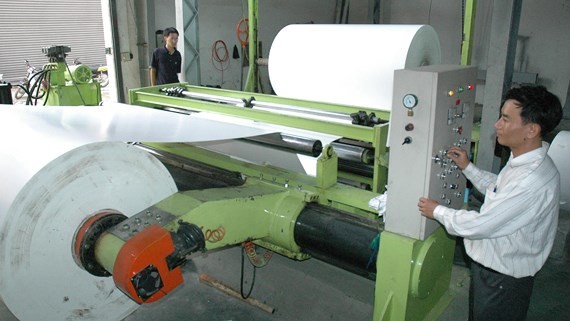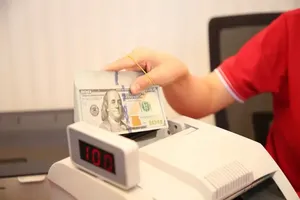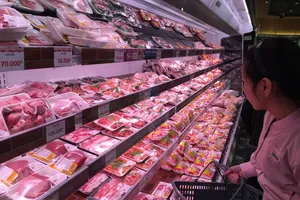
Sometimes the market is not in equilibrium-that is quantity supplied exceed quantity demanded. Excess supply has exerted downward pressure on paper price.
The Vietnam Pulp and Paper Association (VPPA) predicted paper and cartonboard consumption growth in 2019 would stand at 12 percent while exports of different papers and paper-finished products would grow at 35 percent earning $1.45 billion.
Though exports of the paper and cartonboard industry have risen around 30 percent mostly packaging paper demanded by Foreign Direct Investment, VPPA still issued warning of stiff competition in the industry.
Specifically, Chengming and UPM Asia sold more printing and writing papers into Vietnam because demand of the two kinds of paper in China has dropped causing pressure on price for local firms.
Moreover, other companies of Indonesia, Thailand, and Japan have switched to sell paper into other countries including Vietnam after they couldn’t sell in China making the competition in the industry more fierce.
Cartonboard export fell into same situation. Even tissue paper has been forecast to have seen 4 percent growth in 2019 while production growth rate of 5.6 percent resulting in abundance of 1.6 percent. Asian countries have fallen in the same situation.
Cut-throat competition in export market has led to local competition between Vietnamese firms and between Vietnamese with others from Indonesia and China. Worse, complicated formalities and unstable recycled paper materials hindered production.
Accordingly, VPPA warned paper firms to have their own plan to ensure business amid the challenges and difficulties.
However, paper industry still has opportunities and potential for development and market expansion after Vietnam signed free trade agreements such as the Comprehensive and Progressive Agreement for Trans-Pacific Partnership (CPTPP, the EU – Vietnam Free Trade Agreement (EVFTA) and the EU – Vietnam Investment Protection Agreement (EVIPA).
To take advantage of trade deals and solve difficulties in the industry, VPPA said the government should have policies to support paper firms. The government should focus on building development strategies for the industry in the period 2020-2025 with the vision to 2045 to re-structure it and outline the investment and production orientation.
In addition to making policies and regulations, the government should make best use of geographic advantages and production materials. Just small-scale projects are licensed. Last but not least, the government should encourage products to replace imported ones.
Additionally, the government ought to focus on material shortage for the industry which will surely take place in the coming time by removing difficulties for importers.
Paper material should be considered as normal goods not waste like other nations.
























